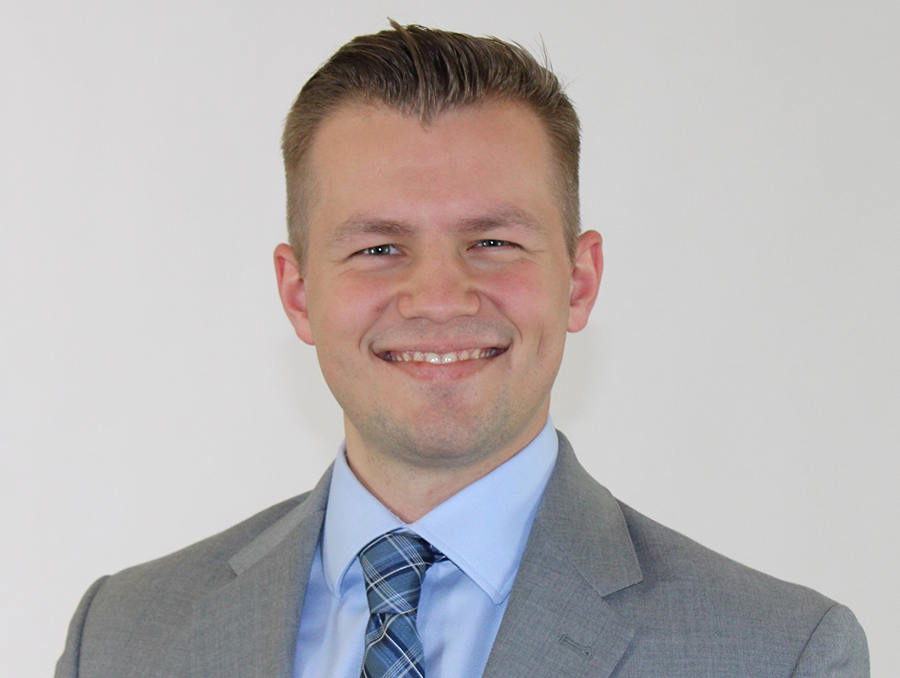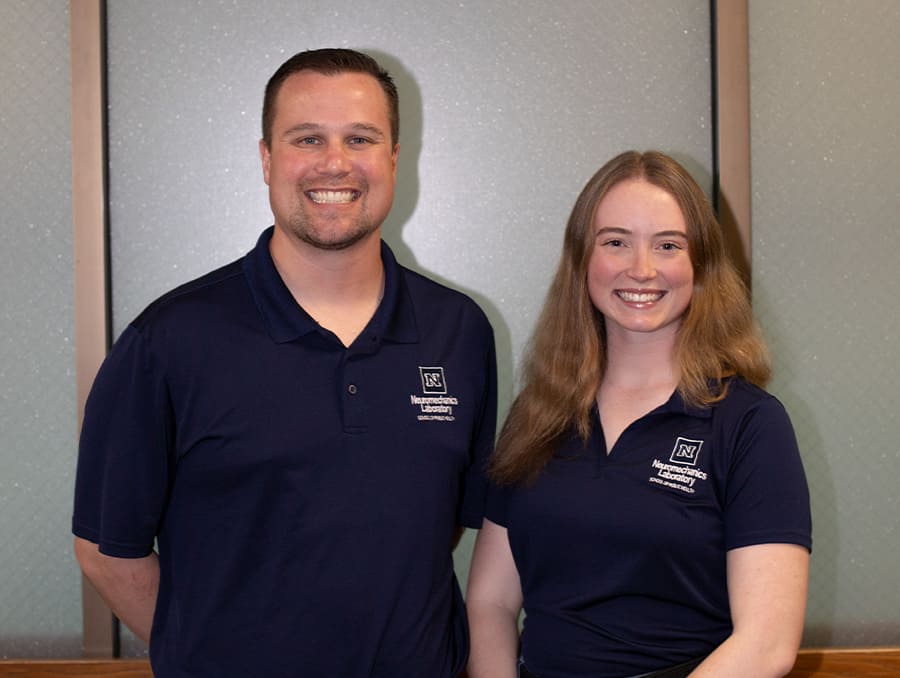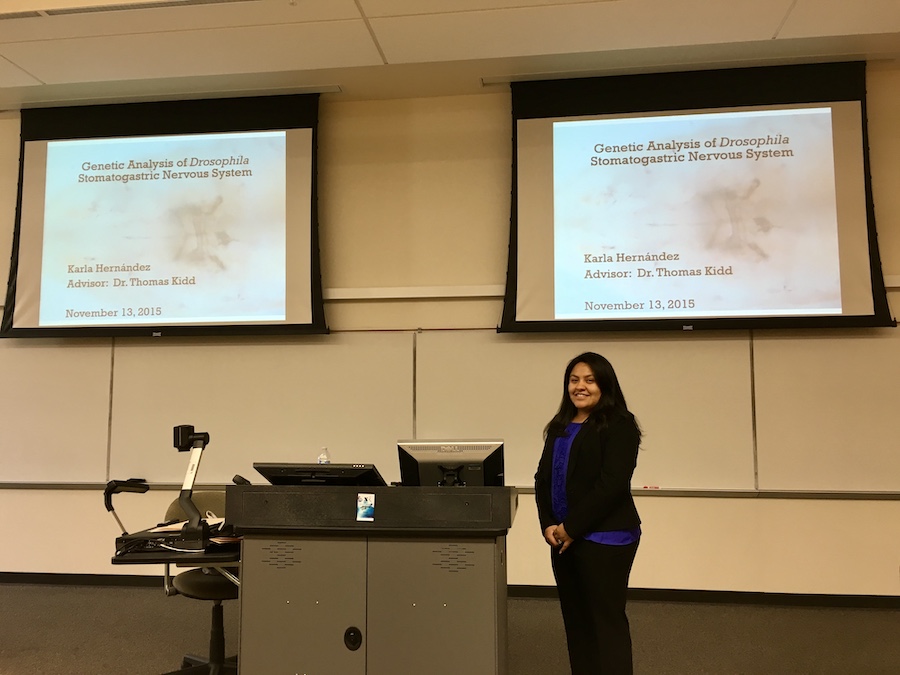“If we don’t stop putting CO2 in the air, living in the Great Basin in 30 years will be like living in the Sahara,” world-renowned geochemist, Wallace S. Broecker from the Lamont-Doherty Earth Observatory at Columbia University, said at the International Symposium on Terminus Lakes, held at the University of Nevada, Reno in October.
Broecker presented the symposium’s opening keynote address, reviewing lessons learned from past precipitation patterns across millennia throughout the world. Broecker has studied terminus lakes and their ability to predict the future of water availability world wide as the global climate warms for over 50 years.
As the world looks on, over 100 global leaders are reaching across cultural and economic fences to conclude negotiations on a global agreement addressing climate change at the United Nations Framework Convention on Climate Change in Copenhagen, Denmark. The convention, which ends this week, calls for scientists to cross disciplinary lines to “promote and cooperate in research and systematic observation of the climate system.”
Such collaborative research is already being done here in Nevada.
Results from the two-year Walker Basin research partnership between the University of Nevada, Reno and DRI were highlighted at the terminus lakes symposium. Co-hosted by the University of Nevada, Reno and DRI, and sponsored by the Walker Basin Project, the symposium offered attendees a comprehensive look at closed-basin lake research around the world, illustrating the need for cooperation between research institutions and disciplines to address the changing climate.
“The best indicator of how precipitation has changed is these lakes because they have no outlet,” Broecker said.
“When [the climate] was cold, it was wetter and the lakes were bigger,” he said. “As it warms, the lakes get smaller and it gets much drier.”
The Walker Basin Project involved the efforts of more than 200 faculty and student researchers in a comprehensive, research-based project designed to sustain the basin’s economy, eco-system and lake. Such research contributes to understanding similar systems around the world, and supports environmental policy decisions.
“Bringing together researchers from such disciplines as agriculture, biology, economics, geochemistry, hydrology, limnology and geomorphology, who have studied terminus lakes really underscored the need for further collaborative efforts,” Jim Thomas, co-chair of the Walker Basin Project study group and director of DRI’s Center for Watersheds and Environmental Sustainability, said. “The Walker Basin project allowed us to develop a full understanding of the area’s ecology, as well as its agricultural and economic base. These findings contribute valuable information about agriculturally dominated watersheds to our state, nation and similar environments throughout the world.”
Believed to be one of the first such gatherings of researchers on the topic, the symposium provided a unique opportunity to explore the wealth of knowledge terminus lakes have to share. Discussions encompassed economic and human impacts on ecosystems, alternative agricultural crop opportunities, paleoecology, invertebrate and native fish species, and water quality.
Closed-basin systems in Uzbekistan, the Antarctic, and China and other North American terminus lakes including Crater Lake in Oregon, the Great Salt Lake in Utah and the Salton Sea in California were also discussed.
“It was a remarkable opportunity to showcase research being done in Nevada, while bringing together people working globally on other closed-basin lake research so everyone could discuss their research and share their findings,” Mike Collopy, principal investigator and co-chair of the Walker Basin Project Study Group and assistant vice president for research and executive director for the University of Nevada, Reno’s Academy for the Environment, said.
Symposium participants included 135 representatives from state and federal environmental agencies; university researchers; student organizations SAIWI, EnAct and the ecohydrology club; tribal groups and community advocates. Dan Klaich, chancellor of the Nevada System of Higher Education, which includes the University and DRI, opened the symposium with remarks stressing the importance of an integrated research approach needed to address water resource issues and how this type of research provides vital information needed to make informed decisions involving water resources in agriculturally dominated watersheds.
The conference agenda included a field trip that followed the Truckee River from its origin at Lake Tahoe to its end at Pyramid Lake, with visits along the way at the Tahoe Center for Environmental Sciences, a facility at Sierra Nevada College that also houses researchers from UC Davis, DRI, and the University of Nevada, Reno; the Nature Conservancy’s restoration project at McCarran Ranch; Marble Bluff Dam and the Pyramid Lake Paiute Tribe Fisheries water quality lab and hatchery.
Jim Schoenleber of Reno, who recently completed his master’s thesis, “Water Characterization and Sediment Transport Analyses of the Upper Walker River,” at the University of Nevada, Reno while working on the Walker Basin Project, said the symposium addressed a wide variety issues that crossed the northern and southern hemispheres, Antarctica and elsewhere
“Some of the work presented was absolutely eye-opening,” he said. “Closed-basin lakes occur world-wide. From research we draw similarities, learn how we can co-exist with the planet and how it is changing. How we handle problems here can provide information to other eco-systems."











